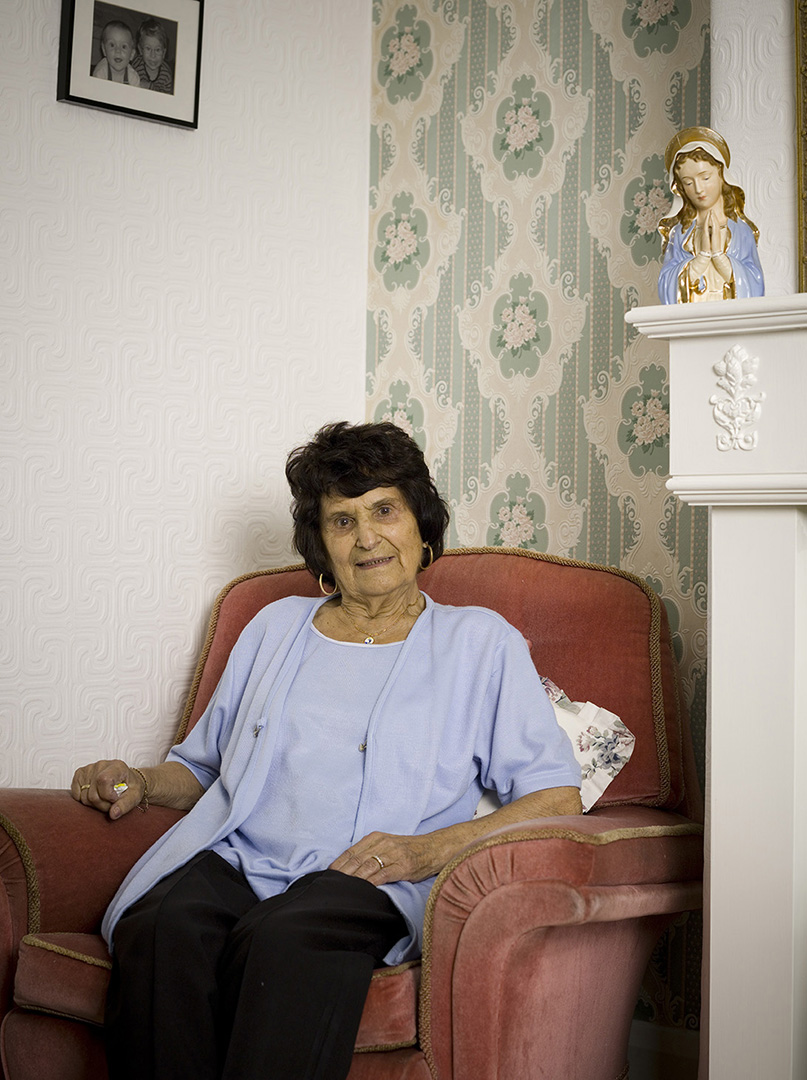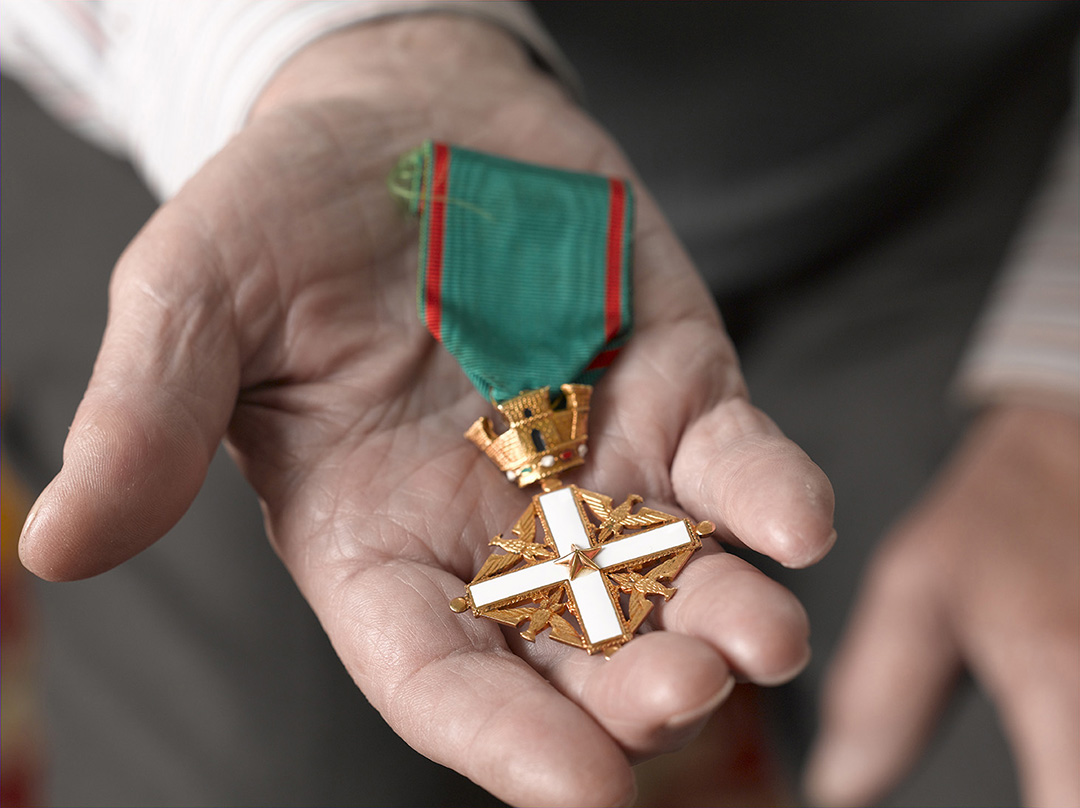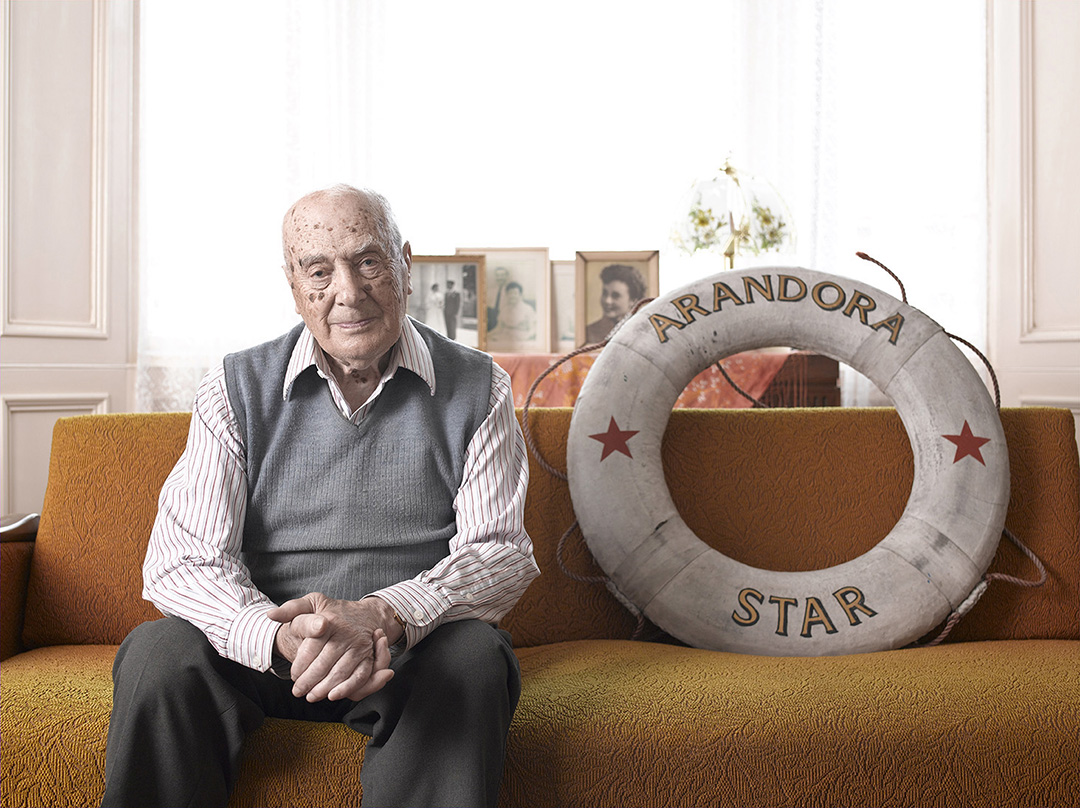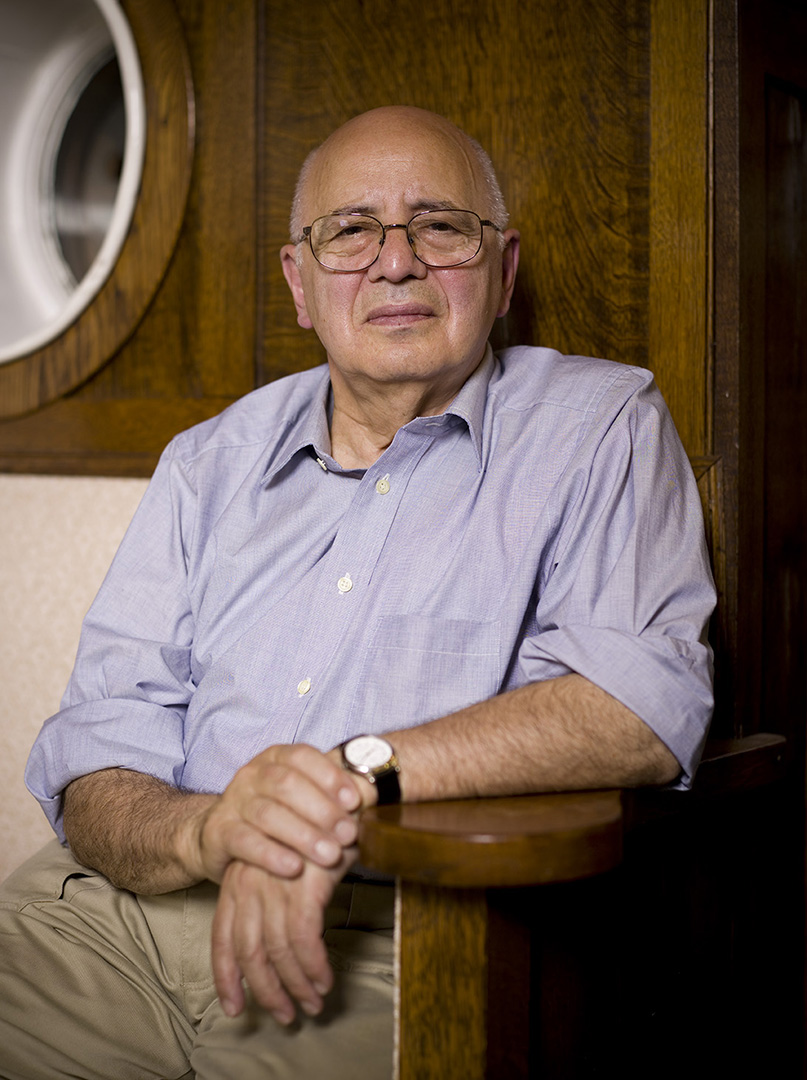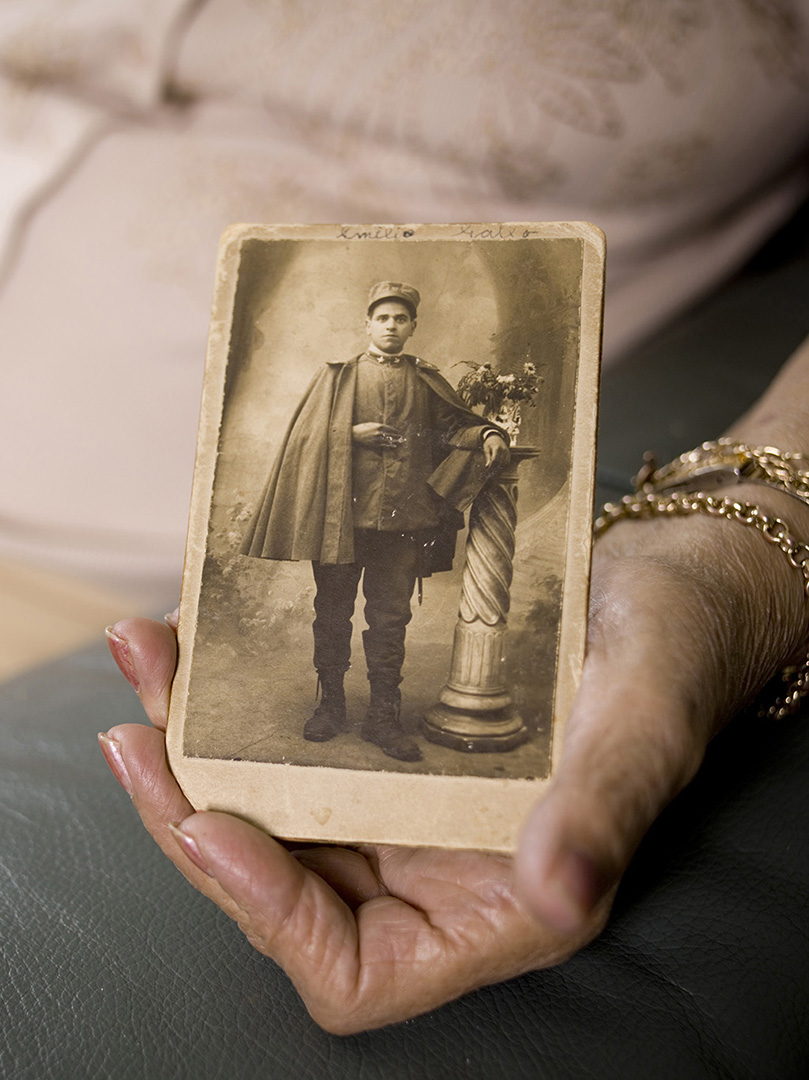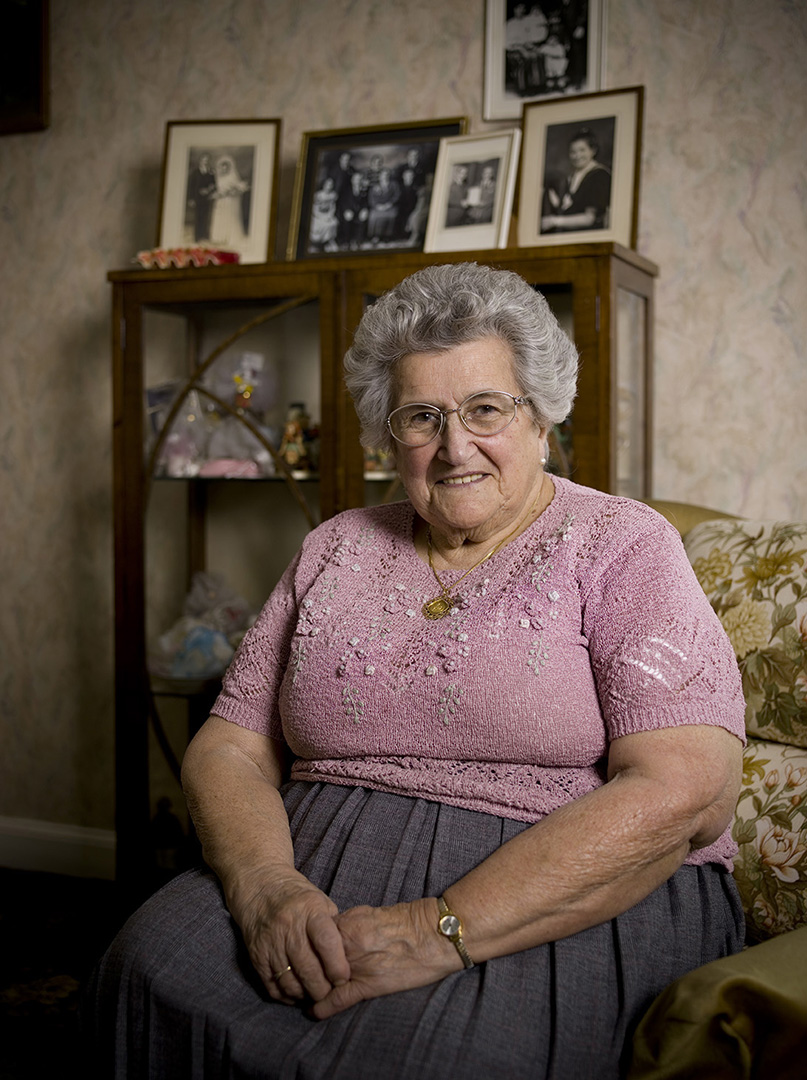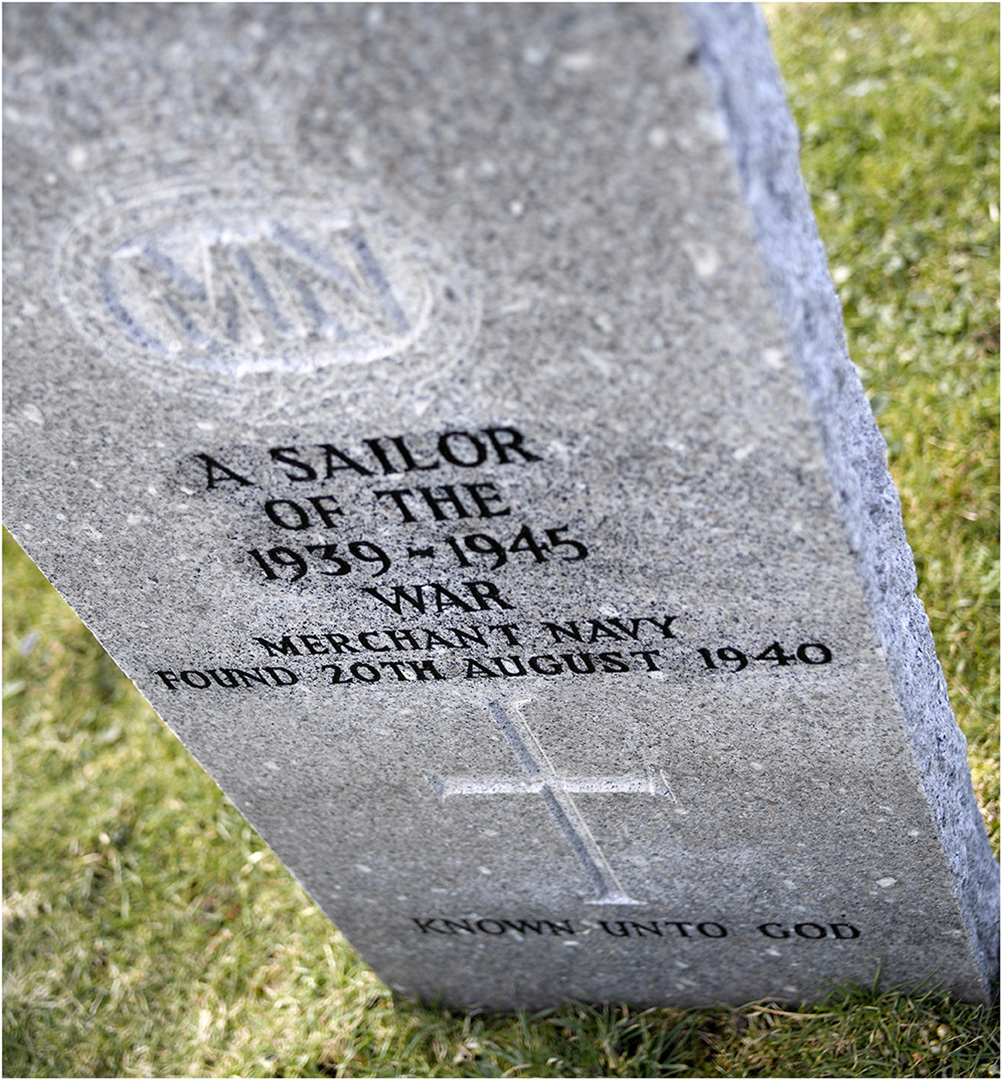The Arandora Star
This is an issue-based story to to acknowledge the men who’s lives were lost and their descendants whose lives were tragically affected by governmental policies of the day. It’s a story of the lives that were lost, including one that was miraculously saved, in a WWII tragedy that was avoidable and a series of environmental portraits of their direct descendants.
On the 10th of June 1940, Benito Mussolini, the fascist Prime Minister and dictator of Italy, declared war on Britain and France by allying Italy with Nazi Germany. As soon as the announcement was made, the British war cabinet implemented a plan to intern all Italian men in the UK who were aged between 18 and 70. No consideration was given to the length of time they had lived in the UK, their family status, their contribution to society, or even their state of health. As Winston Churchill so famously said, “Collar the Lot”.
These internees were to be held in camps and prisons around the country, with some internees randomly being selected for deportation by boat to internment camps in Australia and Canada. One such boat to carry the internees was the Liverpool built ‘The Arandora Star’. Before the war, The Arandora Star was a luxury cruise ship for the rich and famous that sailed to exotic destinations such as South Africa, Java, Malaya, Ceylon and Egypt. During the war however, the ship was gutted of all its luxuries and used as a troop carrier. It was then turned into a floating prisoner of war camp complete with barbed wire fencing around the exposed decks and lifeboats. The original ship had been designed to carry 250 passengers, war time modifications added another 200 to its recommended capacity. Under protest and poignant words from the ships Master, Captain Moulton, it left the port of Liverpool on Monday 1st July 1940 bound for Canada with over 734 Italian internees, 565 German internees and prisoners of war plus 374 officers, crew and military guards.
At around 7am on July 2nd the ship was in the Atlantic, off the north coast of Ireland when it was spotted by Gunther Prien, the captain of the German U-Boat, U-47. The Arandora Star had nothing visible to identify it as a prisoner of war ship, its visible appearance was that of a troop carrier, battleship grey paint and some armourments. Gunther Prien was on his way back to Germany and was reportedly keen to sink as much enemy tonnage as possible in order for him to be decorated to the highest levels in the German navy. Hence Prien dispatched a torpedo which not only sank the Arandora Star killing over 680 men but changed the lives of families in the UK and Europe for generations to come.
It is reported that 446 Italian men who were resident in the UK and subsequently interned, lost their lives. “You are sending men to their deaths, men who have sailed with me for many years. If anything happens to the ship, that wire will obstruct passage to the boats and rafts. We shall be drowned like rats and The Arandora Star turned into a floating death trap.” A quotation from Captain Moulton, as reported by Alistair Maclean, published in The Sunday Express, June 19th 1960.
The following people were directly affected by the tragedy and their lives changed forever.
“Life has lost its battle against death, but memory wins the battle against nothingness” Tzvetan Todorav Bulgarian theorist & philosopher.
The Arandora Star is available as a comprehensive exhibition of portraits, experiences and memorabilia. Please don't hesitate to get in touch if your organisation would like to host the collection.

